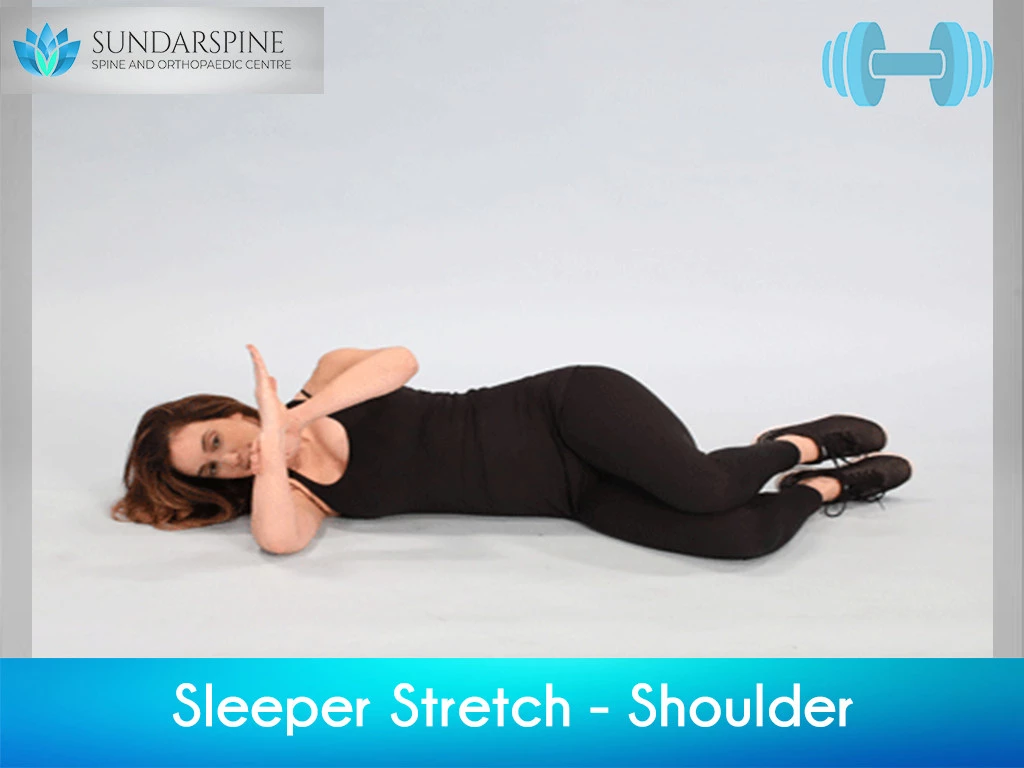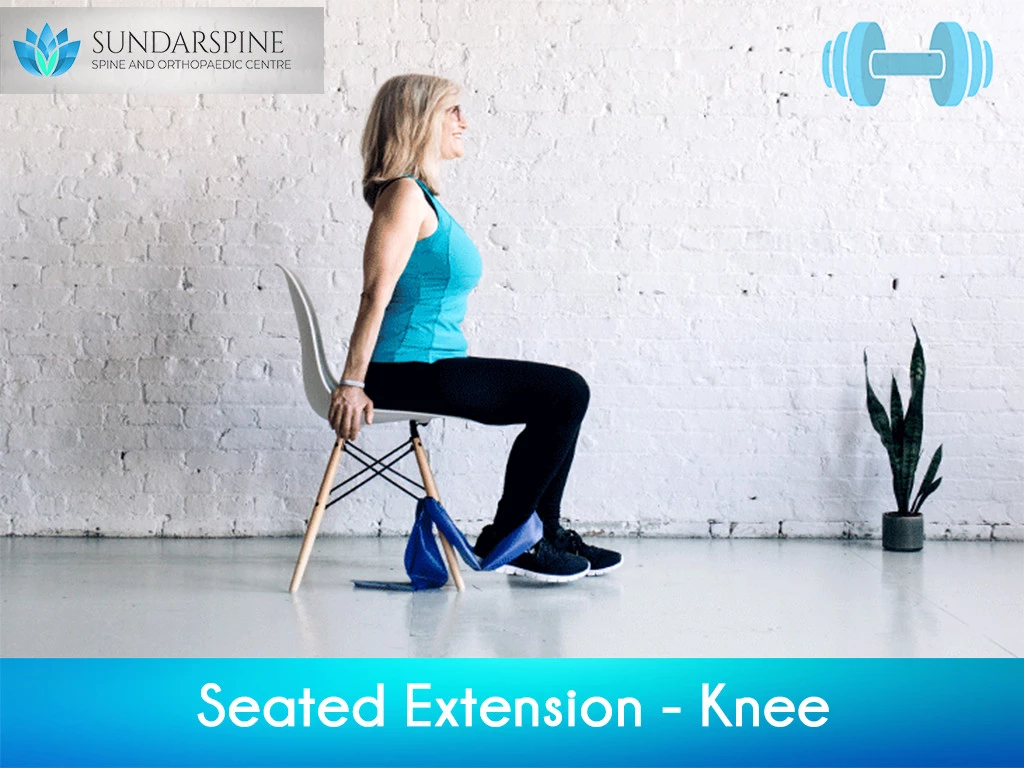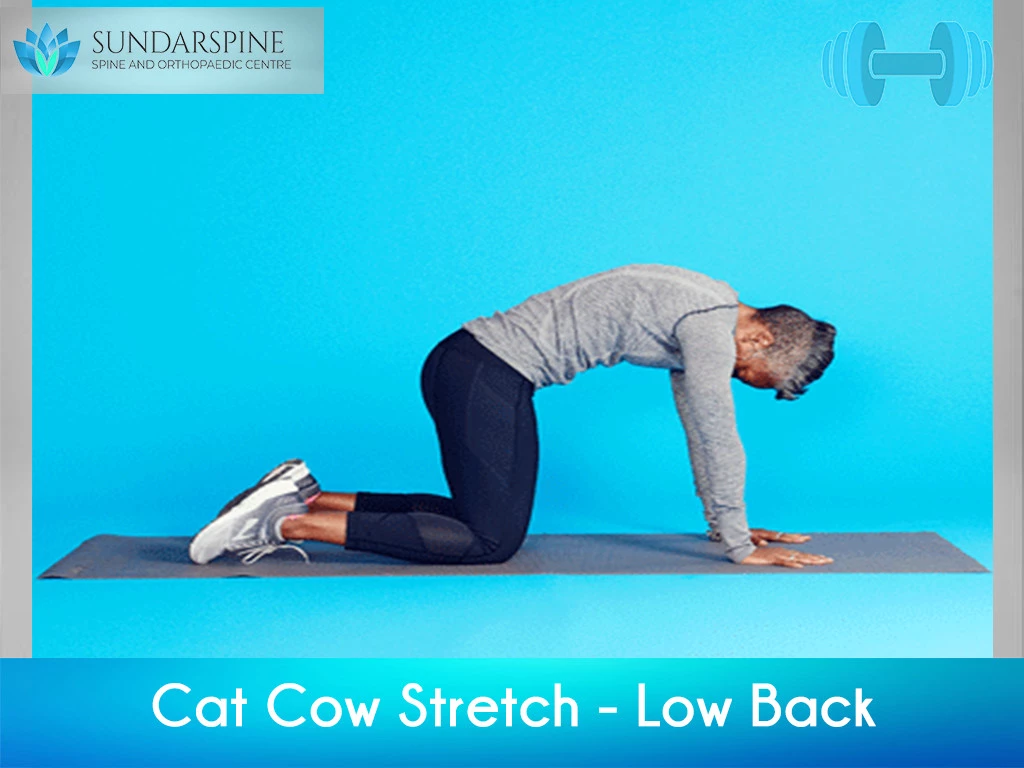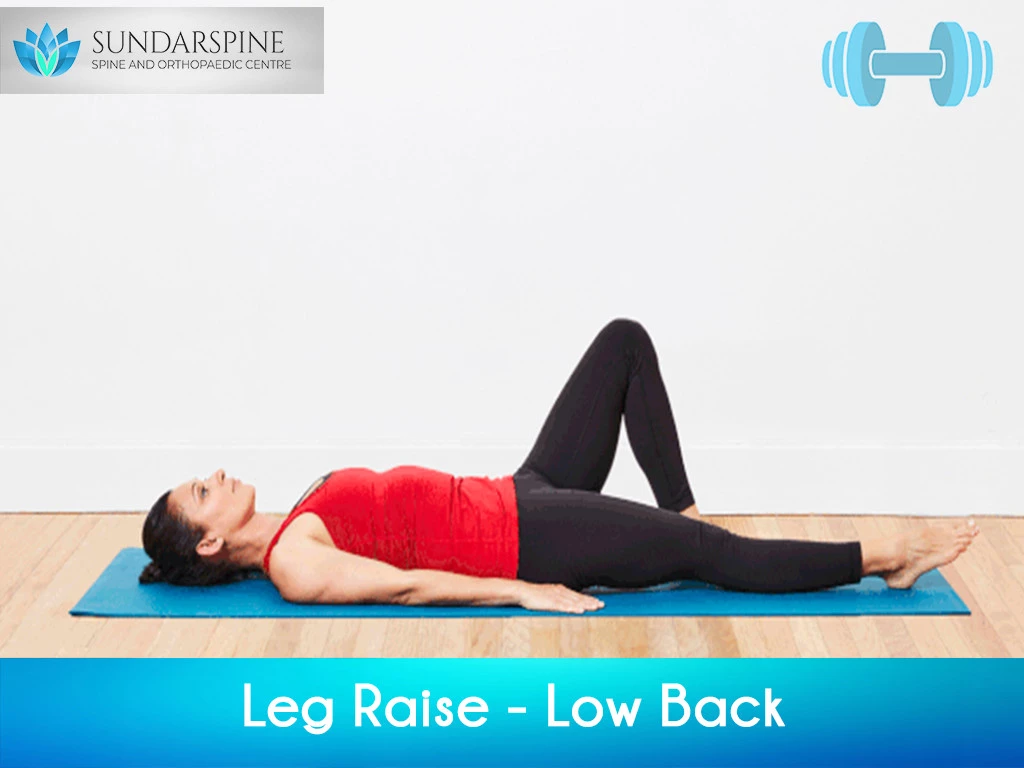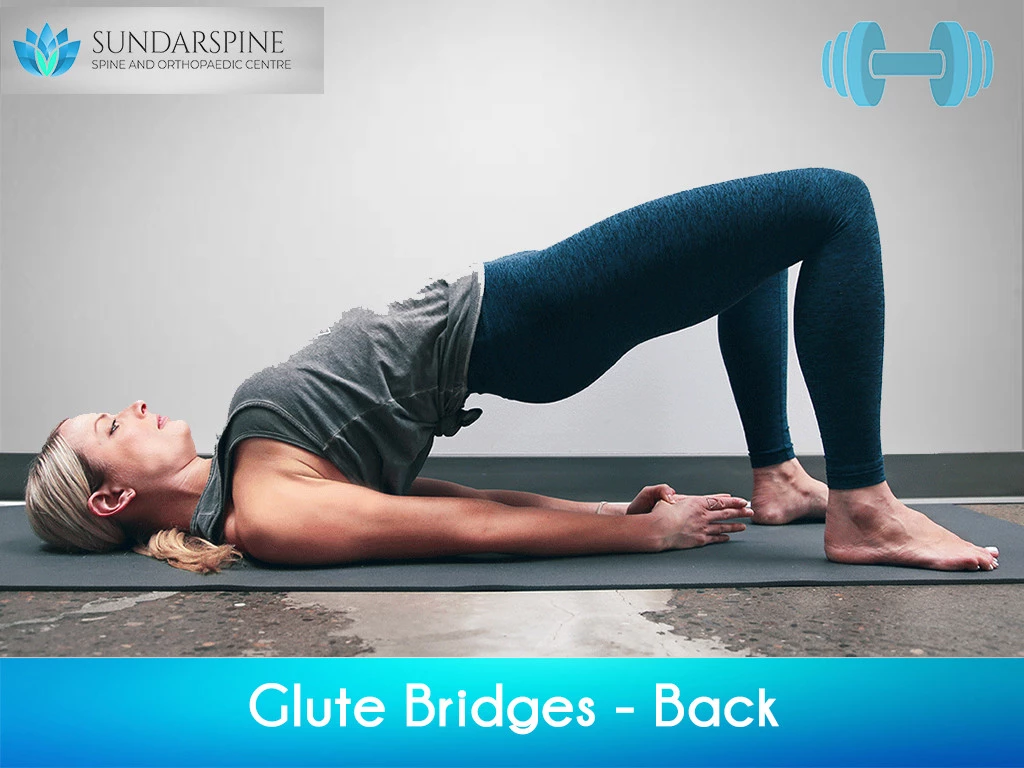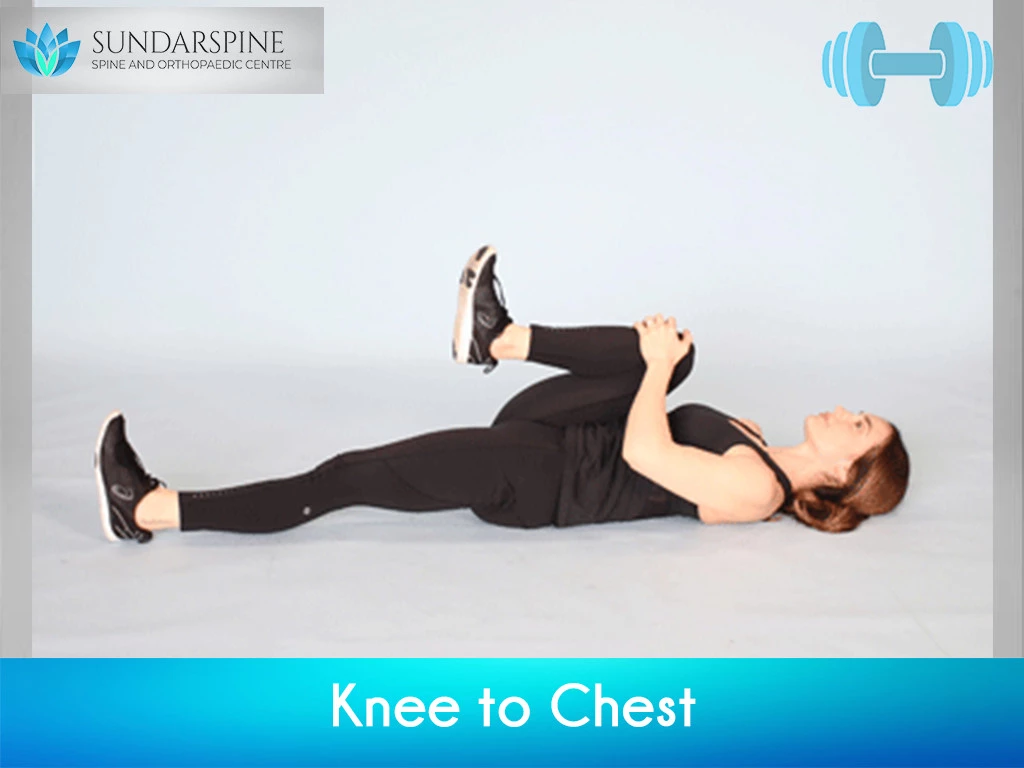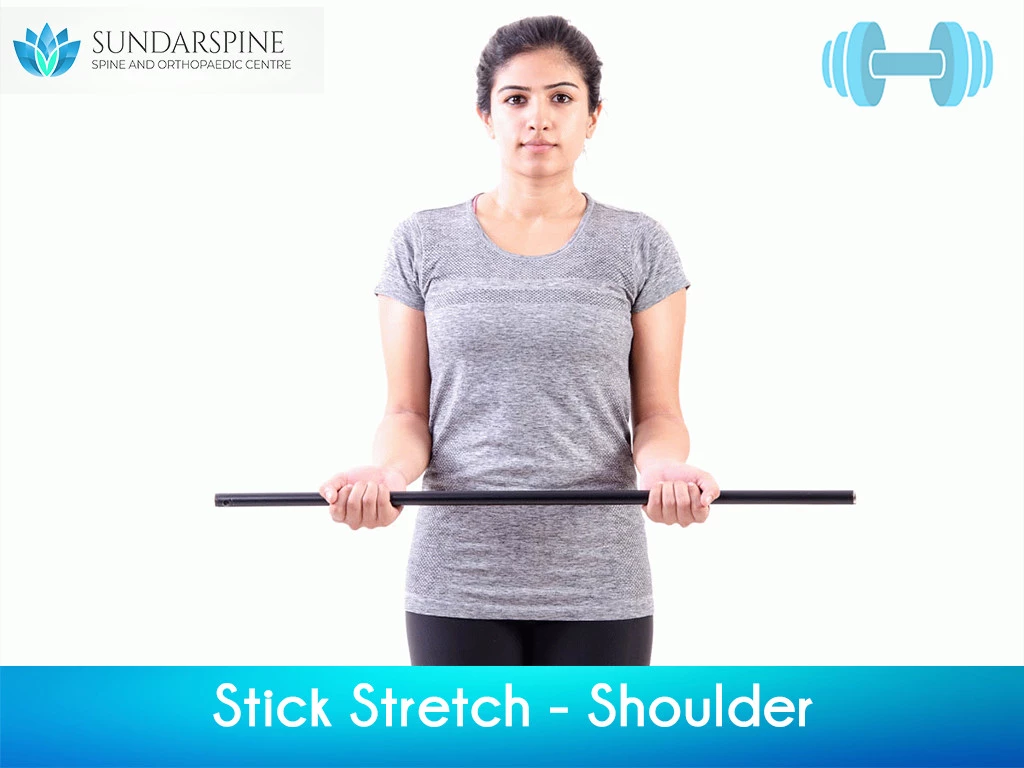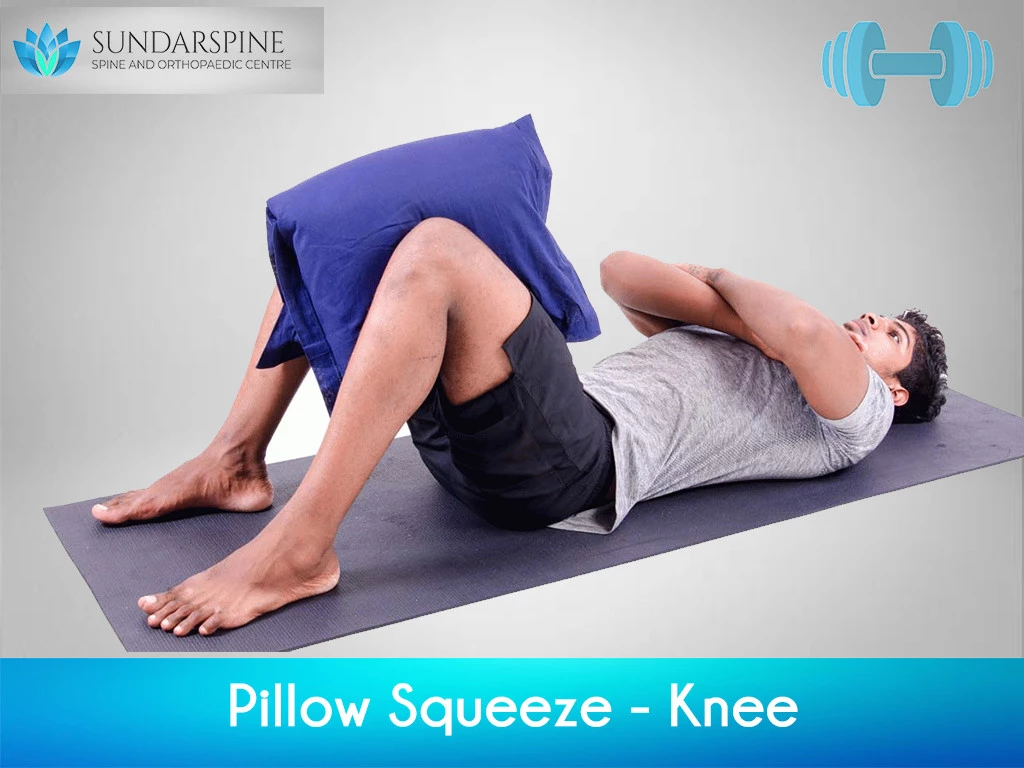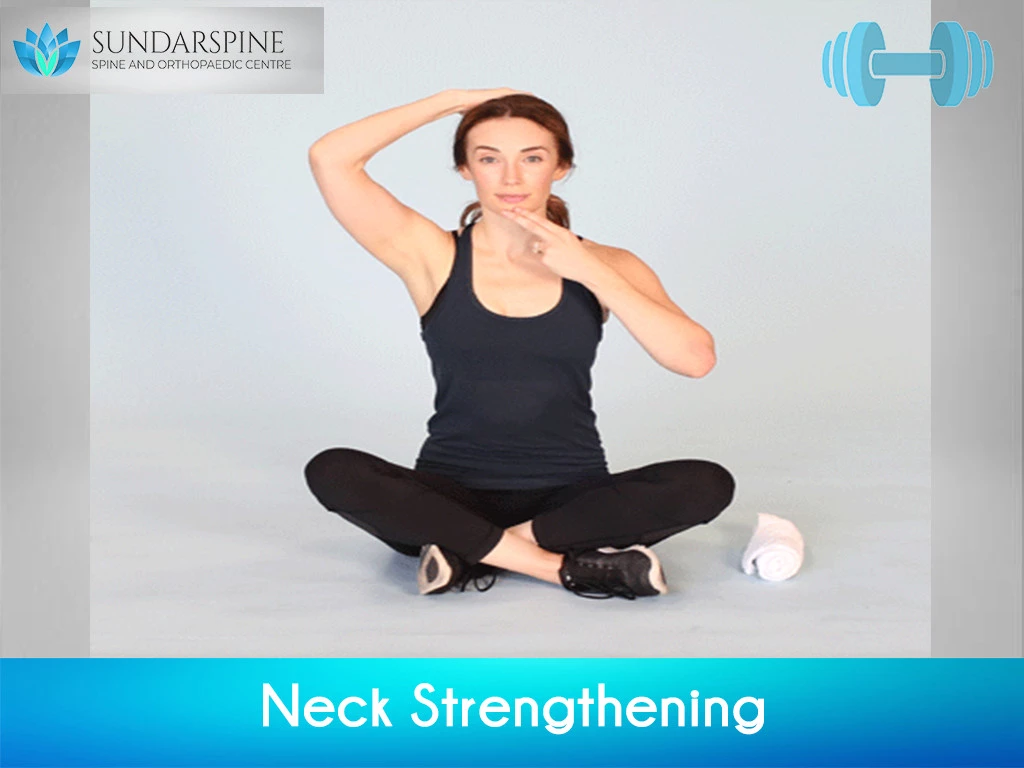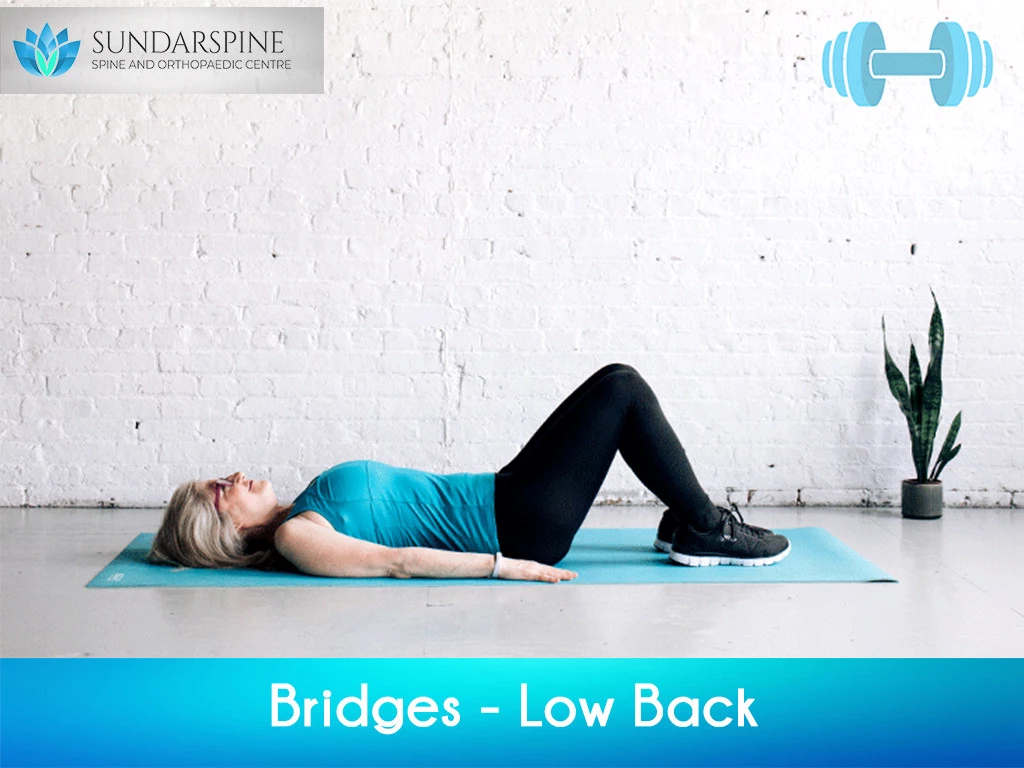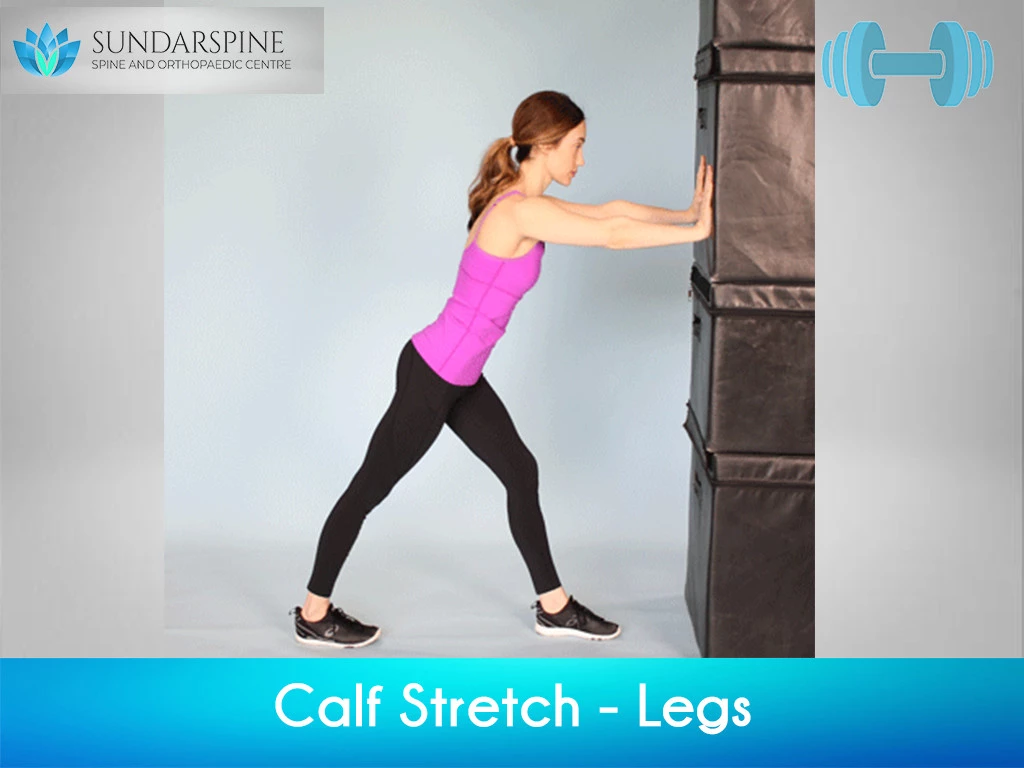Shoulder Exercises
Shoulder is one of the most important joint in the body. It acts as a bridge to the rest of the upper limb. However, they are the first joint to become weak in recombentant patients which may ultimately result in conditions such as Frozen Shoulder (Adhesive Capsulitis) and Rotator cuff pathology. Shoulder joint health is an important part of rehabilitation in all age group especially the elderly. Some of the advantages of Shoulder exerecise are:
- Improve muscle size, muscle length, muscle fiber arrangement, and neural control.
- Promote bone mineralization.
- Fight osteoporosis.
- Stabilize supporting muscles.
- Improve function.
- Slow or even reverse muscles loss and deterioration associated with aging.
1. Pendulum
- Lean forward and place one hand on a counter or table for support. Let your other arm hang freely at your side.
- Gently swing your arm forward and back. Repeat the exercise moving your arm side-to-side, and repeat again in a circular motion.
- Repeat the entire sequence with the other arm.
Tip: Do not round your back or lock your knees.
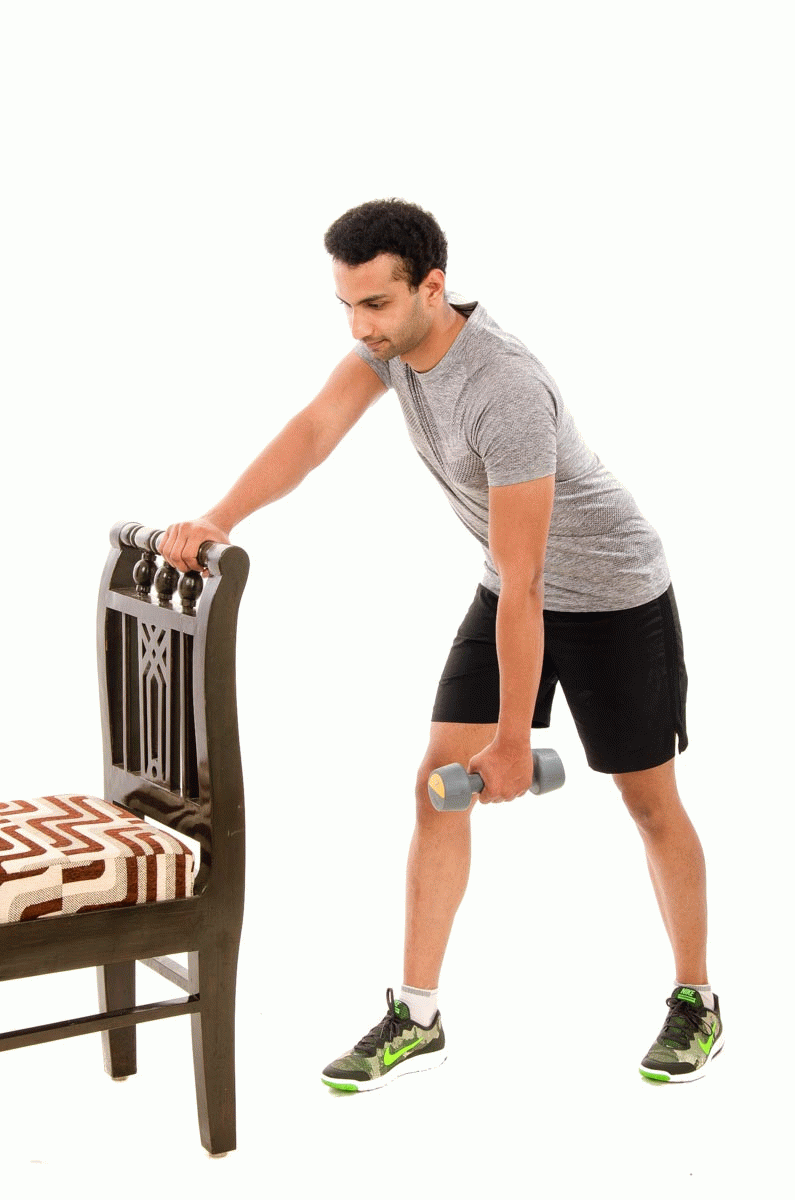
2. Crossover Arm Stretch
- Relax your shoulders and gently pull one arm across your chest as far as possible, holding at your upper arm.
- Hold the stretch for 30 seconds and then relax for 30 seconds.
- Repeat with the other arm.
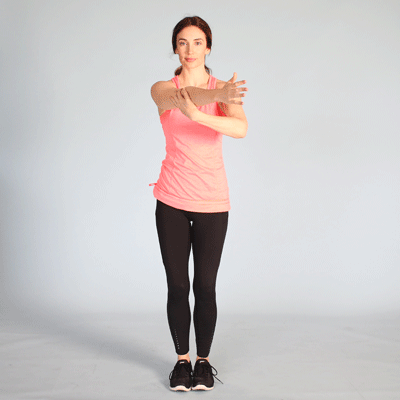
3. Towel stretch
- Hold one end of a three-foot-long towel behind your back and grab the opposite end with your other hand.
- Hold the towel in a horizontal position.
- Use your good arm to pull the affected arm upward to stretch it.
- You can also do an advanced version of this exercise with the towel draped over your good shoulder.
- Hold the bottom of the towel with the affected arm and pull it toward the lower back with the unaffected arm.
- Do this 10 to 20 times a day.
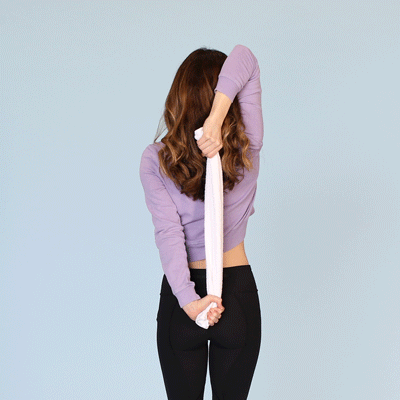
4. Finger walk
- Face a wall three-quarters of an arm’s length away.
- Reach out and touch the wall at waist level with the fingertips of the affected arm.
- With your elbow slightly bent, slowly walk your fingers up the wall, spider-like, until you’ve raised your arm as far as you comfortably can.
- Your fingers should be doing the work, not your shoulder muscles.
- Move close to the wall as your finger goes higher, until you touch the wall with your body.
- Slowly lower the arm (with the help of the good arm, if necessary) and repeat.
- Perform this exercise 10 to 20 times a day.
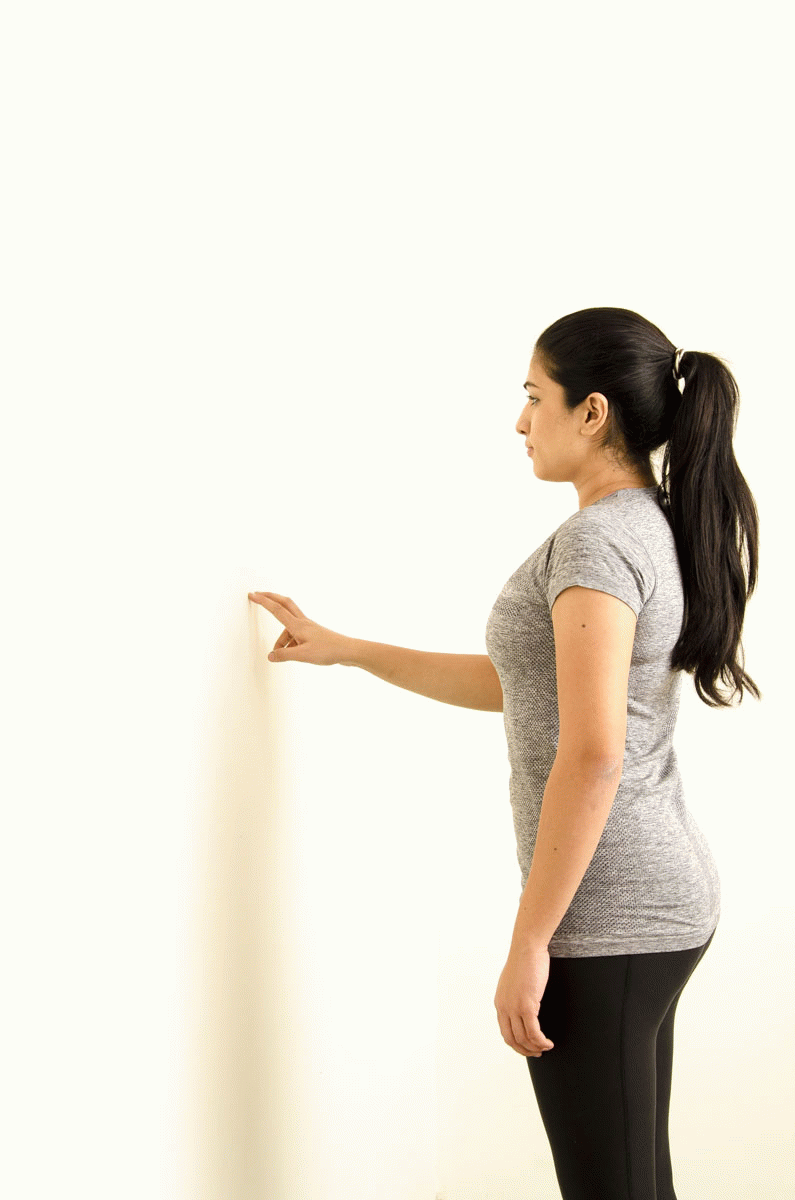
5. Armpit stretch
- Using your good arm, lift the affected arm onto a shelf about chest-high.
- Gently bend your knees, opening up the armpit.
- Deepen your knee bend slightly, gently stretching the armpit, and then straighten.
- With each knee bend, stretch a little further, but don’t force it.
- Do this 10 to 20 times each day.
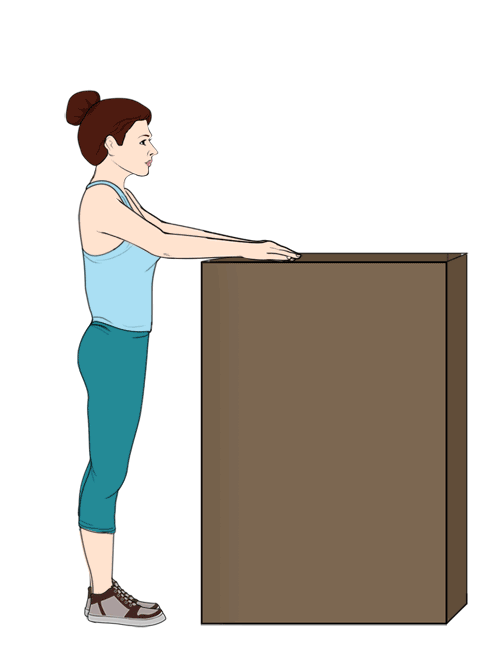
6. Stick Internal Rotation
- Hold a stick behind your back with one hand, and lightly grasp the other end of the stick with your other hand.
- Pull the stick horizontally as shown so that your shoulder is passively stretched to the point of feeling a pull without pain.
- Hold for 30 seconds and then relax for 30 seconds.
- Repeat on the other side.
Tip: Do not lean over or twist to side while pulling the stick.
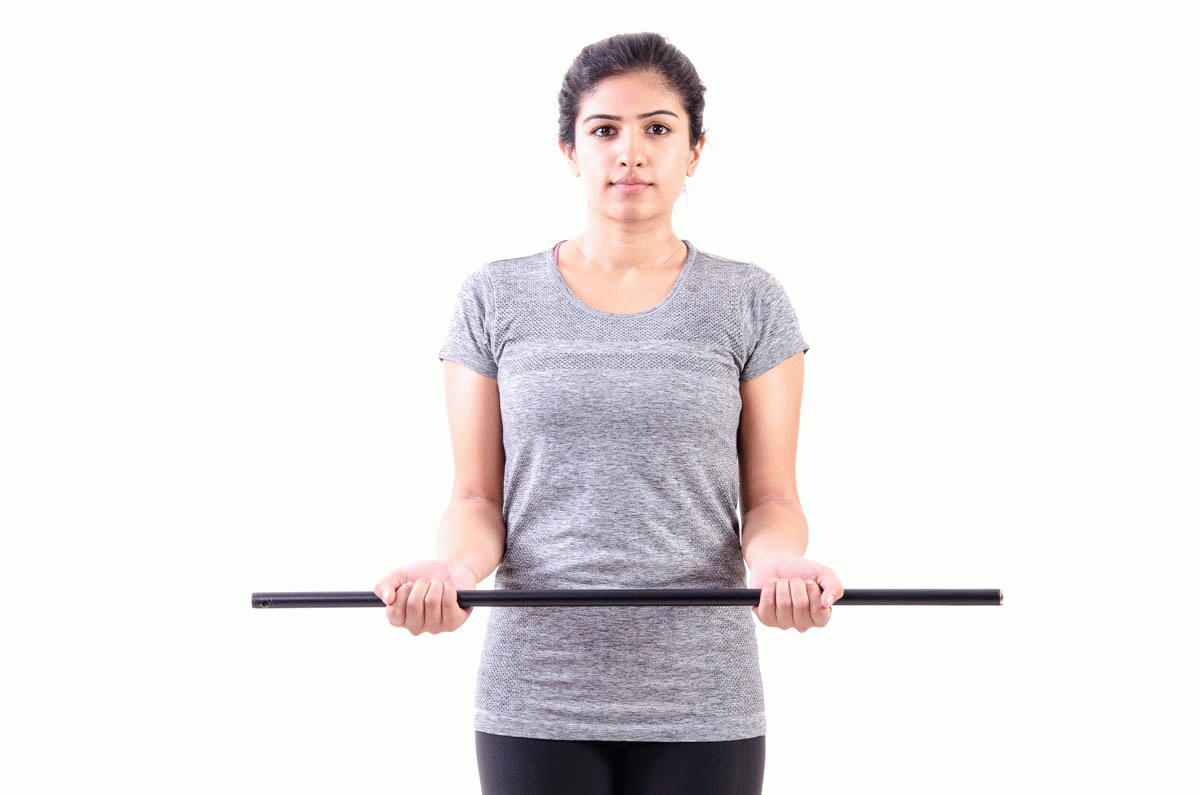
7. Stick External Rotation
- Grasp the stick with one hand and cup the other end of the stick with the other hand.
- Keep the elbow of the shoulder you are stretching against the side of your body and push the stick horizontally as shown to the point of feeling a pull without pain.
- Hold for 30 seconds and then relax for 30 seconds.
- Repeat on the other side.
Tip: Keep your hips facing forward and do not twist.
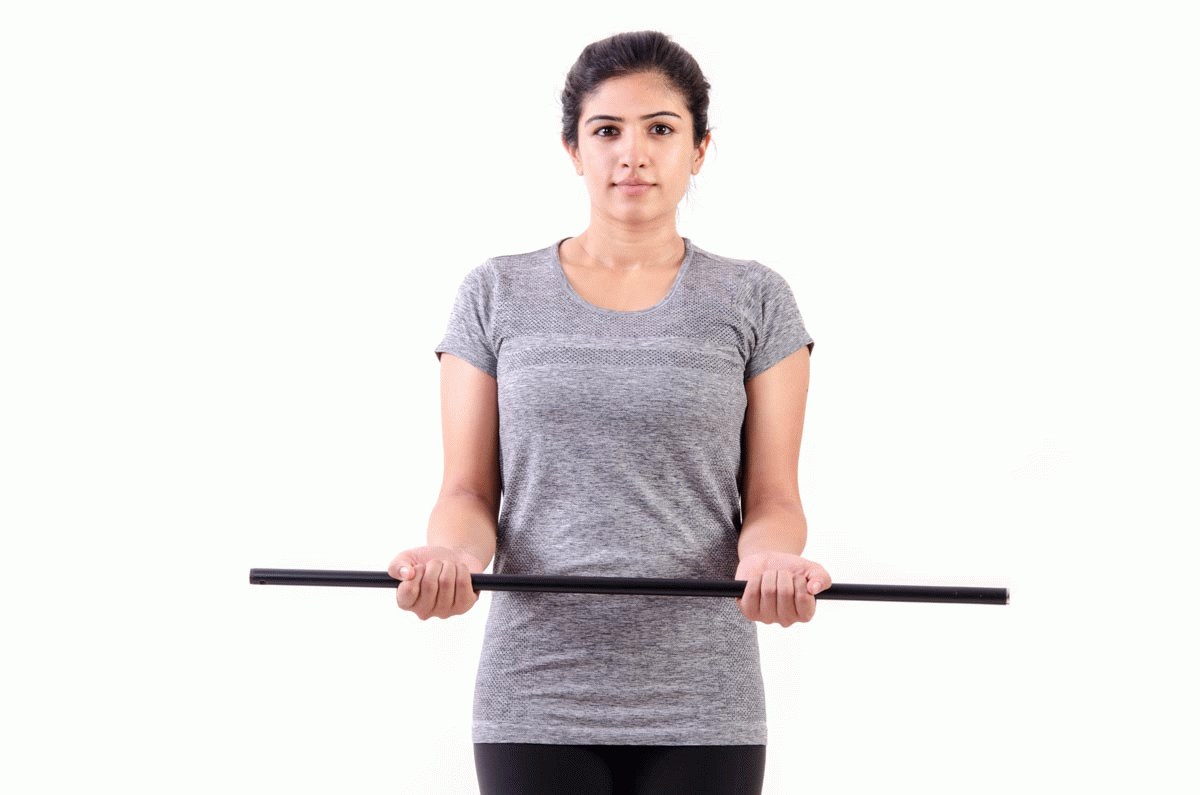
8. Sleeper Stretch
- Lie on your side on a firm, flat surface with the affected shoulder under you and your arm bent, as shown. You can place your hd on a pillow for comfort, if needed.
- Use your unaffected arm to push your other arm down. Stop pressing down when you feel a stretch in the back of your affected shoulder.
- Hold this position for 30 seconds, then relax your arm for 30 seconds.
Tip: Do not bend your wrist or press down on your wrist.
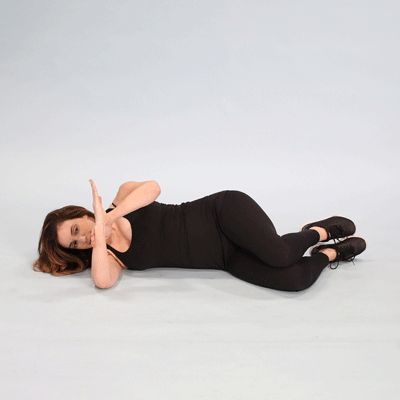
9. Doorway Stretch
The doorway stretch allows you to stretch each side of your chest individually, which helps if one side is tighter than the other.
This stretch helps to open the pectoralis muscles in your chest and increases the range of motion in your shoulders.
- Stand in a doorway with elbows and arms forming a 90-degree angle. Your feet should be in a split stance.
- Bring your right arm up to shoulder height and place your palm and forearm on the doorway.
- Gently lean into the stretch, only going as far as comfortable.
- Hold the stretch for up to 30 seconds.
- Change sides and repeat. Perform on each side 2–3 times.
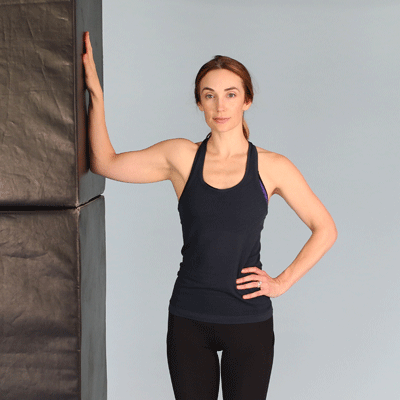
Neck Exercises
To prevent spondylosis and relieve muscle spasm, neck strain
Shoulder Exercises
To prevent and treat frozen shoulder and rotator cuff injury
Low Back Exercises
For low back pain, disc problem and lumbar strengthening
Knee Exercises
To prevent and treat arthritis, heel pain and deep vein thrombosis

Our World, Our Vision
We at SUNDARSPINE, believe in our promise to the world to provide Free access Healthcare Education to everyone. This site is a result of years of Planning and Hardwork. We are dedicated to help in your patient experience and aspire to increase our network globally and include a complete database of all health related information and guidance. We have just begun and we have a long way to go. Thank you in being a part of Us!!
We’d love to hear from you
Have any questions, Checkout
Download a FREE Ebook
Subscribe to our news letter

